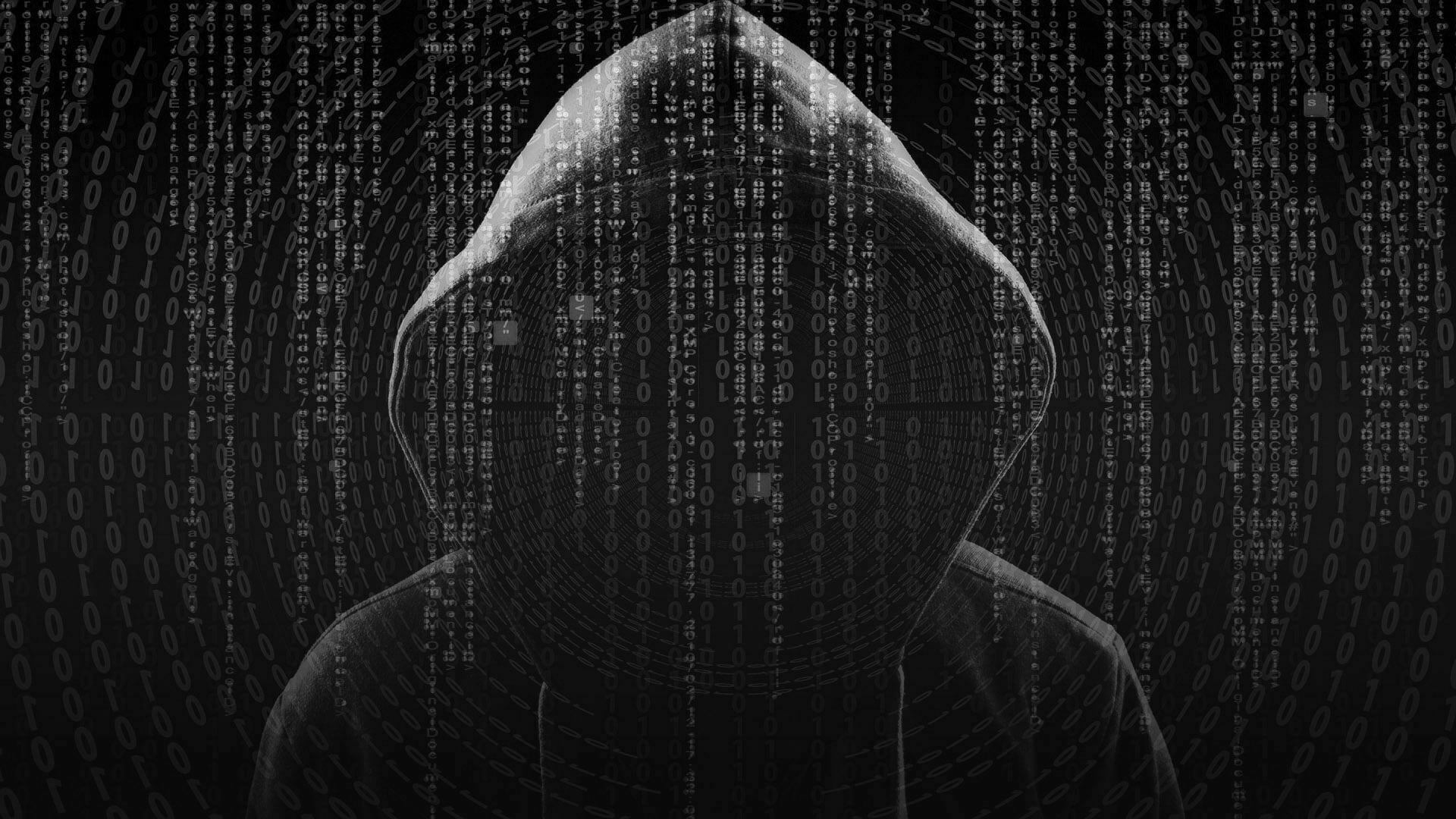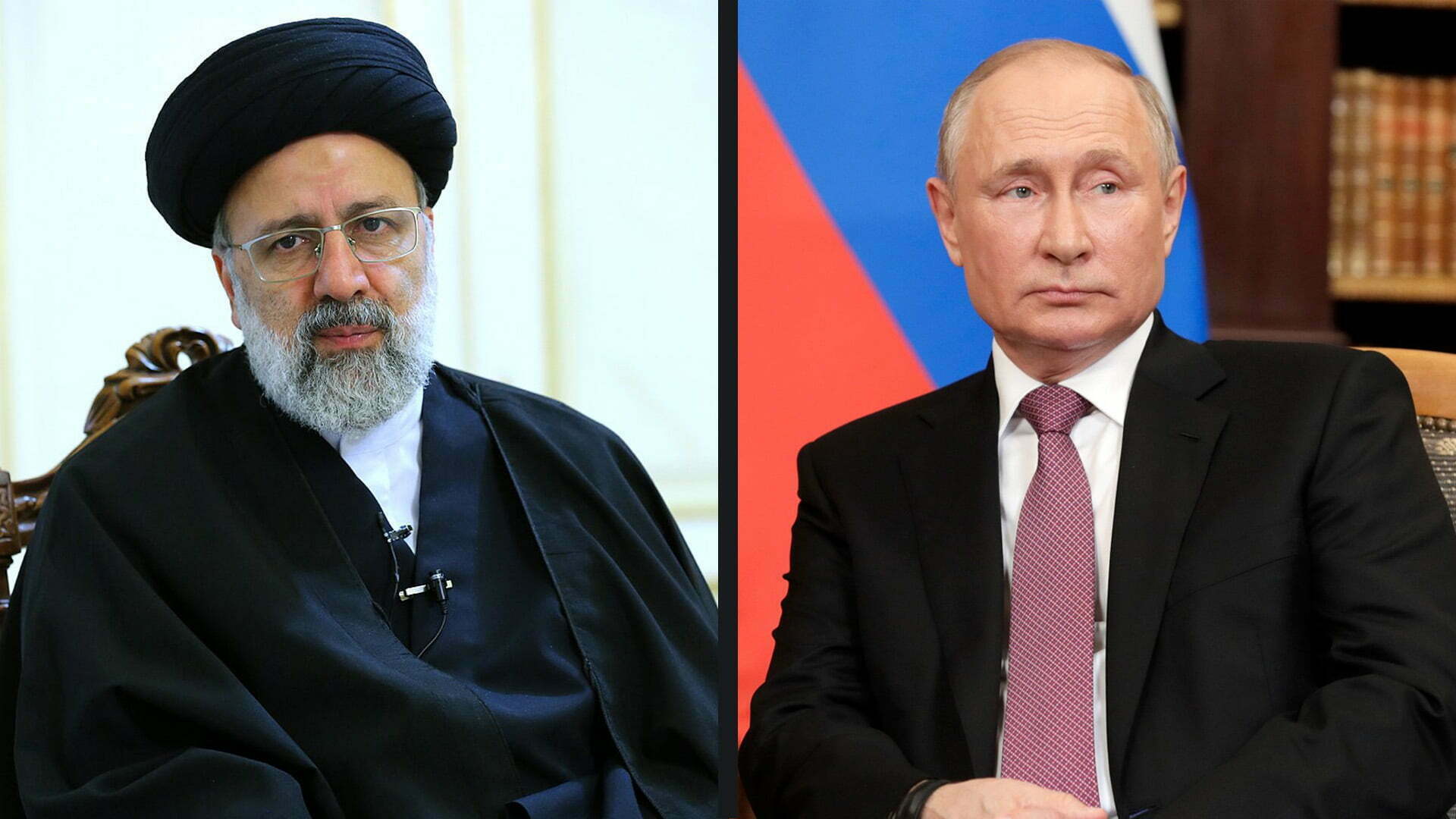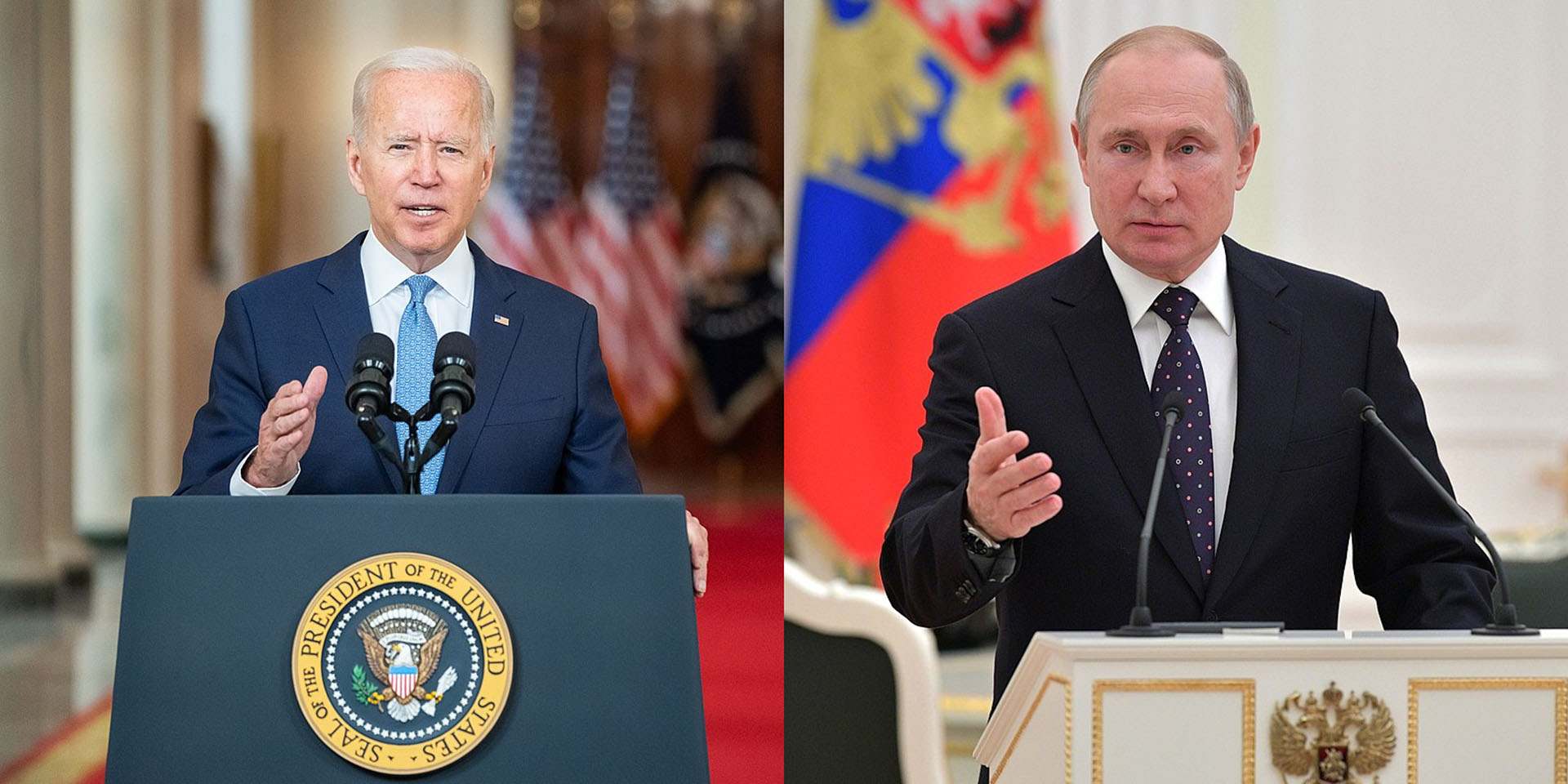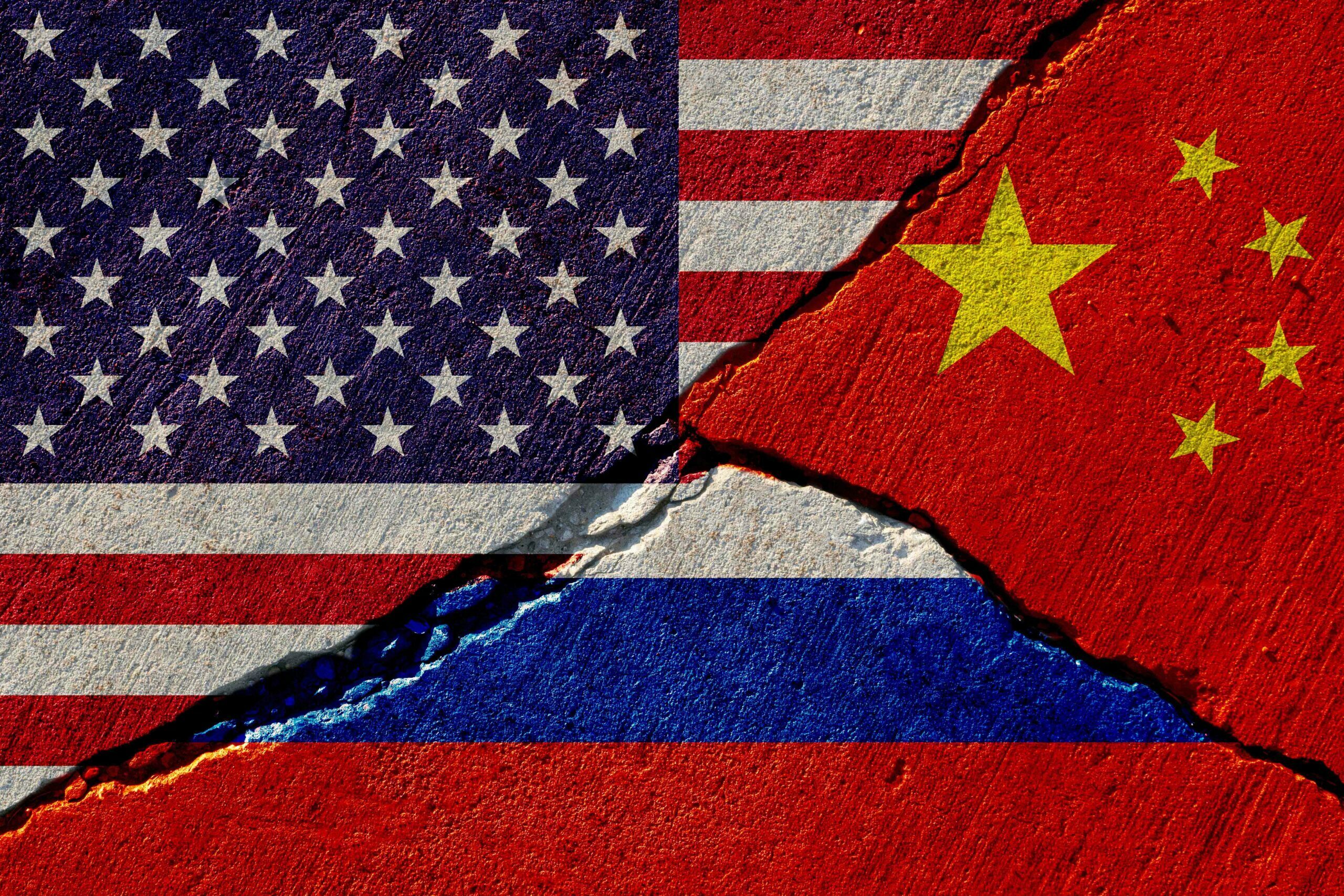
Over the weekend of January 22 – January 24, 2022, hundreds of residents in South Florida and San Francisco found antisemitic flyers littered in their yards and doorsteps.
The flyers focus on a conspiracy theory about how influential Jewish Americans control every aspect of COVID-19, naming high-profile officials in the CDC and pharmaceutical giant, Pfizer. The flyers read, “Every Single Aspect of the COVID Agenda is Jewish” and included a link for an antisemitic website— goyimtv.tv. The main theme of the goyimtv.tv website suggests that the Jewish people are master manipulators of the world and control all significant events.
As a result of the flyers, police departments in Miami and San Francisco are investigating. However, this isn’t the first time that the flyers have appeared in the U.S. Since November 2021, the flyers have appeared in various locations across the U.S. which include Maryland, North Carolina, Missouri, Vermont, and Texas.
For this brief, Overwatch focused on the uptick in antisemitism in 2021 and the website, goyimtv.tv.
Antisemitism Increased in 2021
According to survey data from the American Jewish Committee, an estimated 1 in 4 Jewish Americans was a victim of antisemitism in 2021. Forty-six percent of Jewish Americans participating in the survey also said antisemitism is taken less seriously than other forms of hate bigotry. Additionally, 22% of Jewish-American respondents said they avoid wearing items/clothing in public that identifies them as Jewish out of fear of antisemitism.
An Overwatch review of antisemitic attacks from December 2021 to January 24, 2022, found 11 incidents in the U.S. The incidents were in Pennsylvania, Florida, Missouri, Idaho, New Jersey, New York, California, and Texas.
- December 1, 2021 — Hitler stickers are found at Dickinson College’s Jewish Center in Carlisle, Pennsylvania.
- December 2, 2021 — An unidentified person hung an antisemitic banner on the Jewish Community Center in Homestead, Florida.
- December 3, 2021 — The Chabad on the Plaza, a Jewish Community Center in Kansas City, Missouri, had its wires cut and plumbing ripped out by vandals.
- December 6, 2021 – Unknown individuals vandalized tunnels with swastikas and antisemitic content. The tunnels are near the Anne Frank Human Rights Memorial in Boise, Idaho.
- December 6, 2021 — A parking sign in the Adath Emanu-El Synagogue and Child Center parking lot in Mount Laurel Township, New Jersey, is vandalized with a swastika sticker, which read, “We are everywhere.”
- December 6, 2021 — The door of the Temple Emanu-El synagogue in Miami Beach, Florida, was vandalized with a swastika.
- December 10, 2021 — A group of vandals wrote a swastika into wet cement outside of a Brooklyn home. The NYPD is investigating it as antisemitic vandalism.
- December 20, 2021 — Residents in Beverly Hills find fliers that blame COVID-19 on the Jewish people.
- January 15, 2022 — Malik Faisal Akram takes hostages at the Beth Israel Synagogue in Colleyville, Texas. Hours later, he is killed by law enforcement on the scene.
- January 20, 2022 — In New York City, a woman now identified as Christina Darling, told a group of Jewish Children in New York City, “Hitler should have killed you all” and then spit on them. The NYPD arrested Darling on January 22, charging her with a hate crime.
- January 24, 2022 — A Yeshiva student gets punched in the face by an unknown assailant on Troy Ave and Carroll St in Brooklyn, New York. The Yeshiva student was dressed in traditional Hassidic garments.
Goyimtv.tv
Goyimtv.tv is an extremely antisemitic social media platform, espousing anti-Jewish views on things like COVID-19, the U.S. media, War on Terror, and many more topics. Goyim.tv has videos, articles, live streams, book recommendations, and more.
Based on Overwatch research, the most popular user on the goyimtv.tv platform is Handsometruth, an alias for the site founder, Jon Minadeo Jr., who lives in California. As of the publication of this brief, Minadeo Jr. has hosted 225 live streams on goyimtv.tv.
In his 225th live stream, dated December 21, 2021, Minadeo Jr. begins his show by playing a video, which shows dozens of antisemitic flyers and stickers which were posted in Vermont. The following are just a few of the fliers that are shared in the live stream.
Overwatch note: The following content is offensive to the Jewish community and our purpose in sharing it is to show how these antisemitic groups spread their propaganda.

Analysts note: During the reign of Adolf Hitler, the Nazis repeatedly produced propaganda that compared the Jewish people to snakes, claiming they were not just poisonous, but cunning and untrustworthy.

Analysts note: The sticker says Europa the Last Battle, Neo-Nazi propaganda against the Jewish people. It is unclear where the QR code leads.

Analysts note: This is the same antisemitic flyer that appeared in Florida, Missouri, Idaho, California, Vermont, and Texas.

Analysts note: The swastika that says we are everywhere correlates with the message of sticker that was placed on the parking sign at the Adath Emanu-El Synagogue in Mount Laurel Township, New Jersey.
A review of the comments in the live stream shows extreme and violent rhetoric like “burying Jews alive,” “let’s get the Jews,” and one screenname Overwatch identified was, “Jewgasser1488.”

One commenter in the antisemitic Livestream also mentions how people should donate to entropystream.live, which takes donations in Bitcoin.
Research done by the Anti-Defamation League shows how goyimtv.tv is an arm of the GDL, Goyim Defense League. Per the ADL, the GDL has been involved in many different antisemitic incidents in the United States.
Further analyst research shows that searches for content from goyimtv.tv appears on Facebook, Twitter, and Instagram, despite the monitoring policies the social media platforms have in place. Additionally, goyimtv.tv content is found in much larger quantities on websites like Bitchute, Gab, and Minds. Goyimtv.tv has accounts on both Instagram and Gab.
Analysts identified an active Twitter account belonging to Minadeo Jr. The account, @loaninberg, mentions the goyimtv.tv website in its bio has an antisemitic caricature as a profile photo. Minadeo Jr. Tweets make fun of the Jewish people and the Holocaust with the profile. Twitter would typically ban an account like this.

Analysts were able to correlate the profile belonging to Minadeo Jr., as he has a Vk.com profile that posted the same caricature with an animated backdrop of a Nazi concentration camp.

Vk.com, which is Russia’s version of Facebook, has a large network of antisemitic extremists on its platform.
Public records also show that Minadeo Jr. has a business called Handsome Truth Enterprises, which is registered in Sonoma County, California. Handsometruth13@gmail.com is the email address affiliated with Minadeo Jr. However, additional research into Handsome Truth Enterprises returned no other relevant information about goyimtv.tv’s antisemitic owner.
Our Assessment
Antisemitism and hate speech against the Jewish people will continue to spread across the U.S. in 2022, as individuals like Minadeo Jr. host platforms that push extreme anti-Jewish narratives and conspiracy theories. Minadeo Jr.’s Livestream had an estimated 300 people in it, some of whom donated as he shared his propaganda against the Jewish people. The size of Minadeo Jr.’s audience indicates that he is finding a sizeable amount of people that identify with his antisemitic messaging and are willing to contribute to his cause monetarily. With the lack of policing antisemitic content on notable and smaller social media platforms, individuals with beliefs like Minadeo Jr. will continue to build small followings and create antisemitic activism in their communities.
Additionally, Antisemitic activists like Minadeo Jr. cannot solely rely on their websites to build their audiences, so they will continue to resort to creating aliases on social media platforms to spread their narratives and recruit others to their movements.
Research shows that goyimtv.tv is hosted by Eranet International Limited, an entity based in China. Minadeo Jr.’s using a hosting server in China suggests sites like his can’t get hosting by traditional services in the United States.
With the escalation of antisemitism in the United States, Jewish places of worship may need to increase their security to mitigate potential risks. As many of the incidents from December 2021 to the present day include vandalism, synagogues and Jewish community centers may want to invest more resources into their surveillance and monitoring capabilities.

















